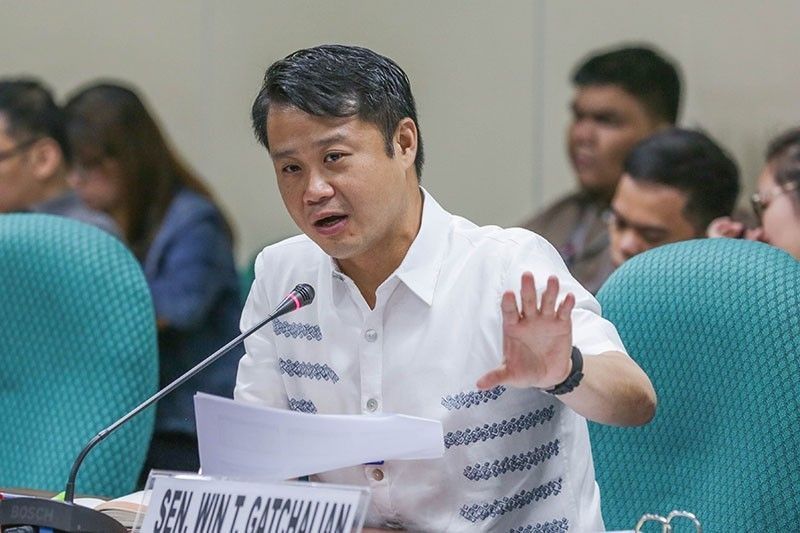Php418M power subsidy for Lifeline consumers sought
- March 20, 2023
- 0

Senate Ways and Means Committee chair Senator Sherwin Gatchalian has asked the government to allot Php 418 million in electricity supply subsidy for around four million Lifeline consumers to allow low-income households to cope with the country’s inflation.
Gatchalian said that an additional Php 1 per kilowatt-hour (kWh) from the government could allow lifeline consumers to save Php 296.67 per month or buy 7.5 kilos of rice.
“Tayo’y natutuwa na maraming mga kababayan natin ang natutulungan ng isinulong nating batas na electricity lifeline rate. Pero mas matutulungan pa natin sila kung dadagdagan natin ang maitatabi nilang pera para sa iba pa nilang bayarin habang patuloy na mataas ang inflation rate sa bansa,” Gatchalian said in a statement.
The Senator noted that the financial aid may be sourced from the Php 5.3 trillion national budget this year.
Under the Lifeline Rate Extension Act, authored by Gatchalian, the lifeline rate subsidy has provided relief to the beneficiaries of the Pantawid Pamilyang Pilipino Program (4Ps) that consume not more than 100 kWh of electricity per month.
In related developments, the Energy Regulatory Commission (ERC) is considering the establishment of a “rate affordability tracker” to allow consumers to be informed of measures and policy developments being pursued by the government and industry players in order to bring down electricity tariffs in the country.
In a report by the Manila Bulletin, ERC chairperson Monalisa Dimalanta said that having an independent measure of respective government initiatives and effectiveness of the programs and measure of information for consumers would compel government officials to deliver their mandated work.
For the proposed tracker, Dimalanta said that ERC is weighing the set information to be provided including those related to the affordability of rates being billed, ‘least cost’ paradigm resulting from the enforced policies like the competitive selection processes by power utilities when underwriting power supply agreements.
With the tracker, consumers will be able to evaluate “what is affordable rate that we want; and what can we consider as least cost,” Dimalanta said.